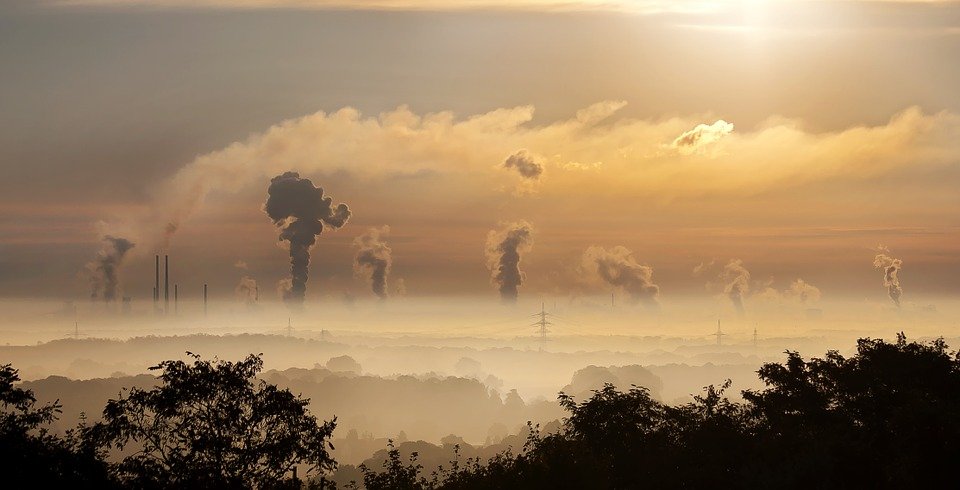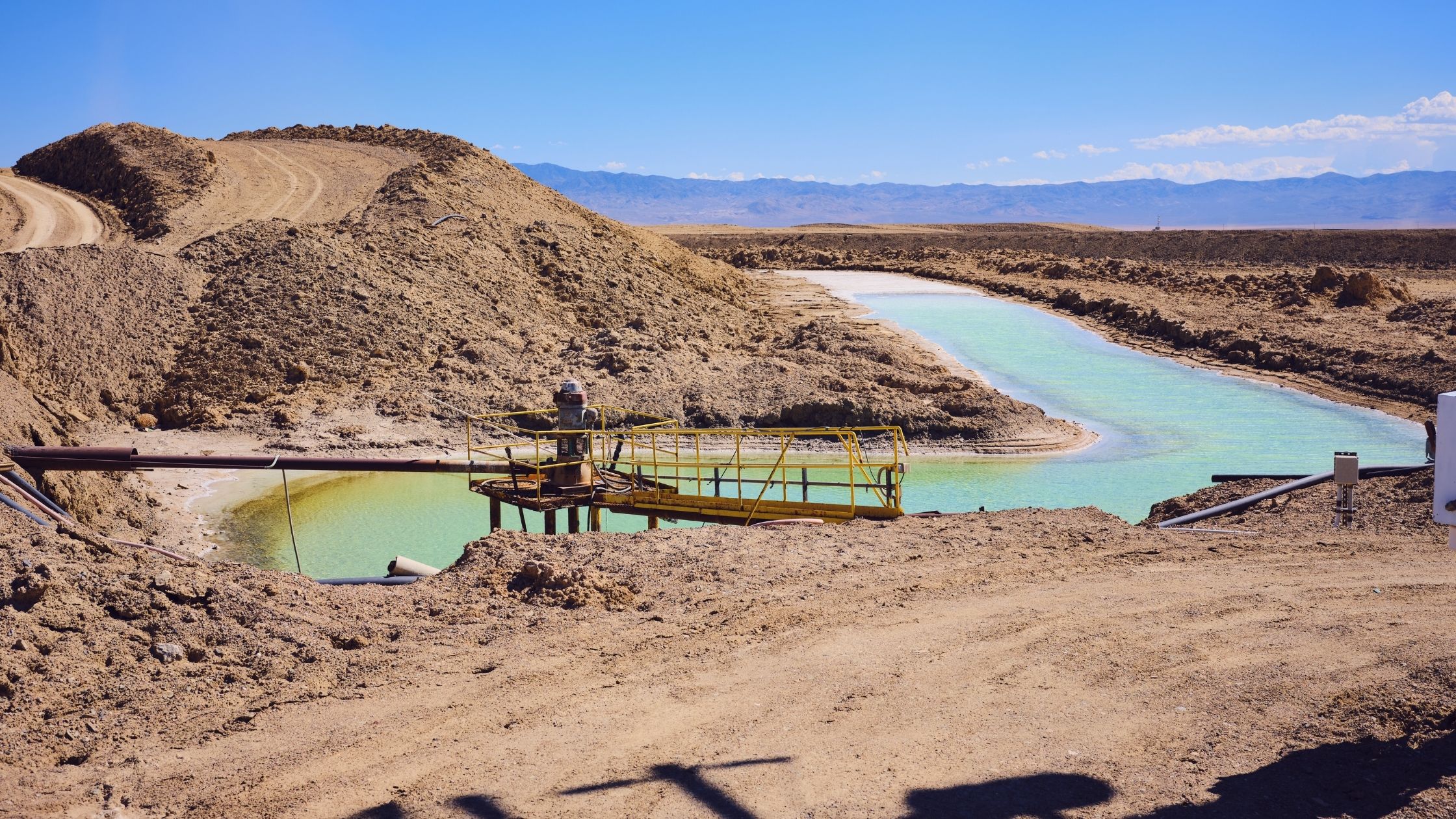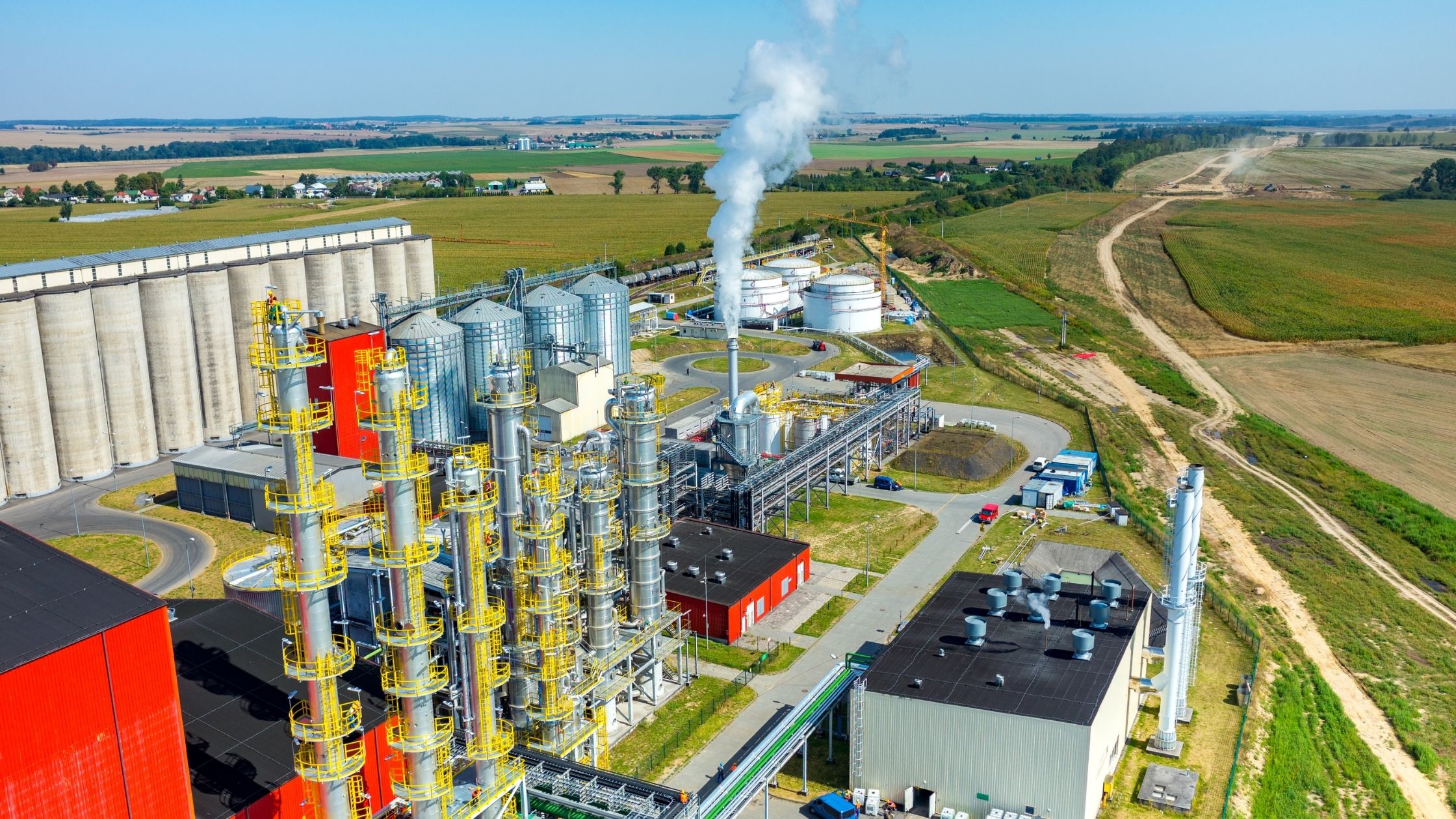
Carbon pricing to fight climate change
What’s happening? The G20 has recognised carbon pricing as a tool to combat climate change for the first time in a correspondence issued after finance ministers met in Venice, Italy. Mentioning climate change in official documents was strongly opposed by the United States under former President Donald Trump. The correspondence mentions carbon pricing among other financial means to address climate change, such as investments in sustainable infrastructure and technologies as well as reducing or eliminating fossil fuel subsidies (Reuters).
Why does this matter? Carbon pricing can be an effective tool in tackling climate change by making it more expensive for carbon-intensive industries to operate. It also provides revenue that can be used to further the transition to zero-carbon. However, several weaknesses currently exist in carbon schemes globally that must be overcome before we can see these benefits.
What is carbon pricing? Carbon pricing aims to hold polluters accountable for costs the economy and society must bear from greenhouse gas (GHG) emissions. There are three main types of carbon-pricing schemes: emissions trading schemes (ETS), carbon taxes and hybrid schemes.
ETS: sets a fixed limit on the total volume of GHG across an industry and allocates emission allowances to firms operating in that industry, thereby creating supply and demand for emissions credits and establishing a market price for GHG emissions.
Carbon tax: requires companies to pay a fixed price for every tonne of GHG they emit.
Hybrid schemes: combine elements from both ETS and a carbon tax.
Carbon cost – The price of carbon in the EU’s ETS is currently around $64 per tonne of CO2, compared to $61/tCO2 in the UK’s ETS.
So, is this enough to meet our climate goals? Well, not really – the Bank of England has said carbon prices must reach at least $150 per ton by 2030 in order to achieve the Paris Agreement goal of net-zero emissions by 2050. It’s estimated that only around 5% of markets price carbon above $40/tCO2 – the minimum range recommended by the High-Level Commission on Carbon Pricing.
Weaknesses of carbon pricing – Many market participants believe carbon prices will rise over the next decade, yet there is no guarantee this will be a steady increase. To ensure stability, it’s vital the price increases are gradual to allow firms to accurately predict their costs. Previous research has shown global equity markets could drop by 20% if firms were suddenly hit with a $75 a tonne carbon price.
There are currently 64 carbon pricing instruments in the form of emissions trading schemes and taxes in operation in 2021. The number of different instruments means huge price variations and a lack of global coordination – for example, the carbon price in Mexico is just $3.
What can we do? To increase the stability of carbon prices, the Net Zero Asset Owners Alliance is calling for a minimum price floor to protect against price crashes, and a price ceiling to protect against rapid price increases. The IMF supports a global carbon price floor and said that a flexible carbon tax floor between $25 and $75 per tonne could cut emissions 23% by 2030.
Investors have suggested a carbon price corridor, where the floor and ceiling prices would gradually increase with time. They say this system will allow firms to more efficiently allocate their capital to carbon and thus providing them the opportunity to adopt greener technologies. The alliance is also calling for a coordinated global carbon price to tackle the varying prices between schemes.


